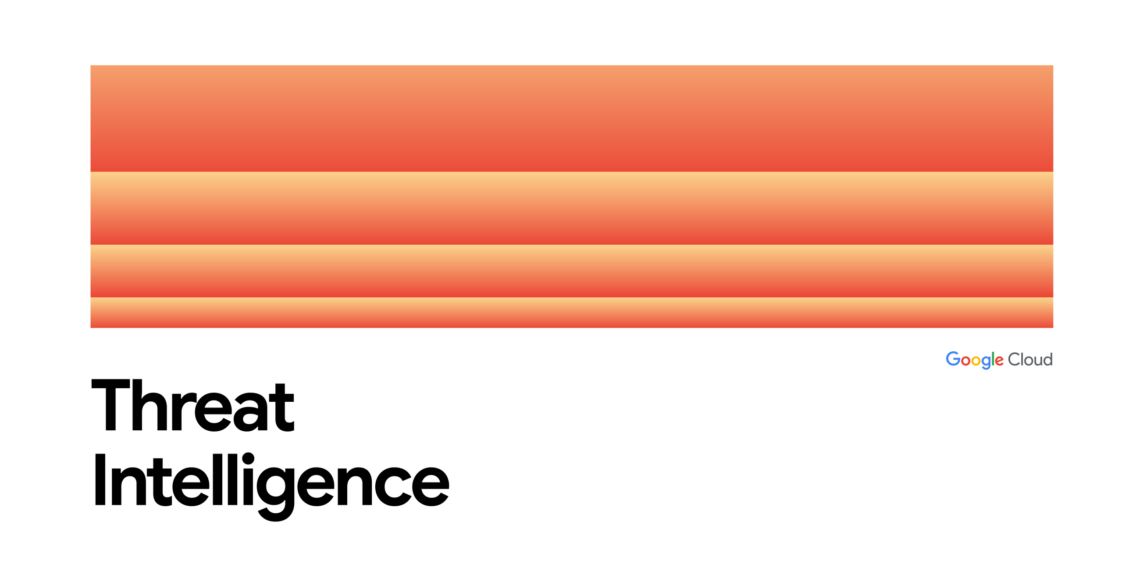Defensive Considerations
As discussed in Mandiant’s previous blog post, misconfigured Custom Actions can be trivial to find and exploit, making them a significant security risk for organizations. It is essential for software developers to follow secure coding practices and review their implemented Custom Actions to prevent attackers from hijacking high-privilege operations triggered by the MSI repair functionality. Refer to the original blog post for general best practices when configuring Custom Actions. In discovery of CVE-2023-6080, Mandiant identified several misconfigurations and oversights that allowed for privilege escalation to NT AUTHORITY\SYSTEM.
The SysTrack MSI performed file operations including creation and execution in the user’s %TEMP% folder, which provides a low-privilege user the opportunity to alter files being actively used in a high-privilege context. Software developers should keep folder permissions in mind and ensure all privileged file operations are performed from folders that are appropriately secured. This can include altering the read/write permissions for the folder, or using built-in folders such as C:\Program Files or C:\Program Files (x86), which are inherently protected from low-privilege users.
Additionally, the software’s filename generation schema included a failover mechanism that allowed an attacker to force the application into using a predetermined filename. When using randomized filenames, developers should use a sufficiently large length to ensure that an attacker cannot exhaust all possible filenames and force the application into unexpected behavior. In this case, knowing the target filename before execution made it significantly easier to beat the race condition, as opposed to dynamically identifying and replacing the target file between the time of its creation by MSIExec.exe and the time of its execution.
Something security professionals must also consider is the safety of the programs running on corporate machines. Many approved applications may inadvertently contain security vulnerabilities that increase the risk in our environments. Mandiant recommends that companies consider auditing the security of their individual endpoints to ensure that defense in depth is maintained at an organizational level. Furthermore, where possible, companies should monitor the spawning of administrative shells such as cmd.exe and powershell.exe in an elevated context to alert on possible privilege escalation attempts.
A Final Word
Domain privilege escalation is often the focus of security vendors and penetration tests, but it is not the only avenue for privilege escalation or compromise of data integrity in a corporate environment. Compromise of integrity on a single system can allow an attacker to mount further attacks throughout the network; for example, the Network Access Account used by SCCM can be compromised through a single workstation and when misconfigured can be used to escalate privileges within the domain and pivot to additional systems within the network.
Mandiant offers dedicated endpoint security assessments, during which customer endpoints are tested from multiple contexts, including the perspective of an adversary with low-privilege access attempting to escalate privileges. For more information about Mandiant’s technical consulting services, including comprehensive endpoint security assessments, visit our website.
We would like to extend a special thanks to Andrew Oliveau, who was a member of the testing team that discovered this vulnerability during his time at Mandiant.
CVE-2023-6080 Disclosure Timeline
-
June 13, 2024 – Vulnerability reported to Lakeside Software
-
July 1, 2024 – Lakeside Software confirmed the vulnerability
-
August 7, 2024 – Confirmed vulnerability fixed in version 11.0
